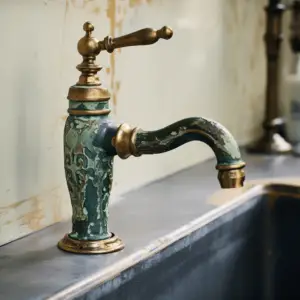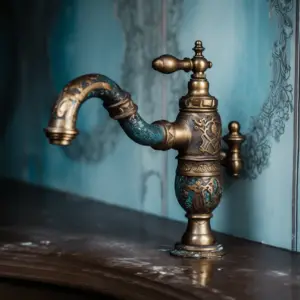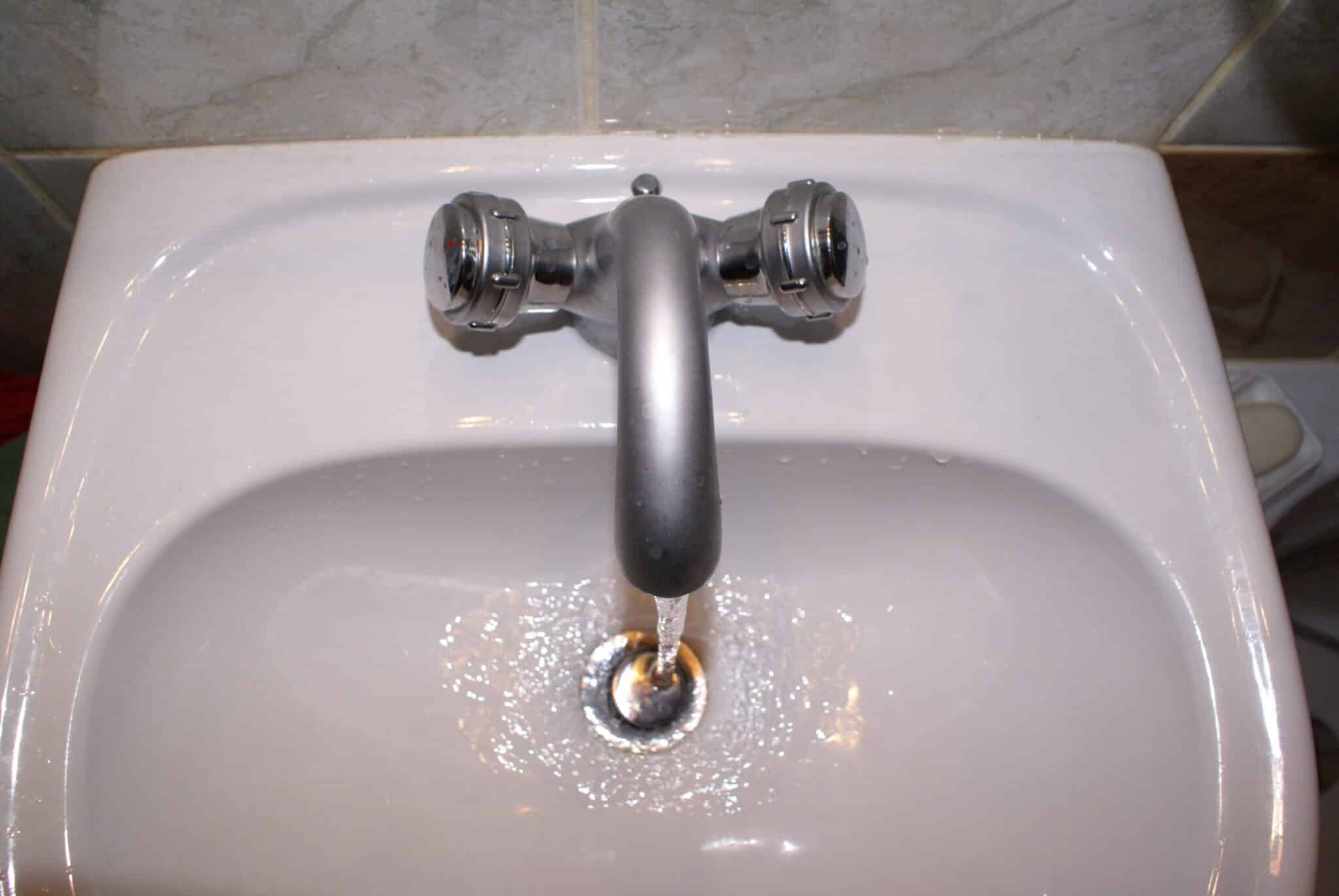Ruined Faucet Finishes, A scratched or rusted faucet is an eyesore, but it’s also a sign that something is wrong with the water supply.
It can also be dangerous because rust and other minerals from the water supply can build up on the inside of your faucet, leading to leaks and other problems. If you have a ruined finish on your faucet, you can fix it yourself.
The first thing you need to do is determine what type of finish is on your faucet. If it has chrome plating, you’re lucky — this type of finish is usually very durable and easy to repair. If it has another type of finish, such as stainless steel or brass, then you may need to take additional steps to restore its original luster and shine.
Fixing a damaged finish isn’t difficult. You can start with the least expensive approach —Soap and water are often effective for getting rid of most household stains. If the finish on your faucet is pitted or faded, you can clean it off with vinegar and paper towels. If it is rusted, use aluminum foil rust remover to get rid of the rust.
Ruined Faucet Finishes lucky, the fix will be easy and hassle-free. But if the tarnish is just etched into the finish, you’ll want to take a few more steps to polish away unwanted rust and stains.
So get ready to give your fixture a new lease on life—and remember, these are just suggestions. You’ll want to test out what works best for your own situation.
Table of Contents
Ruined Finish on Faucet: Suggestions on How to Fix it

Clean With Soap and Water
If hard water deposits have damaged your faucet, washing and water can remove them.
First, dissolve sediments with a little dish soap and water. Wipe residue with a gentle cloth or sponge.
A non-abrasive cleaner and warm water can remove tarnish from the finish. Avoid chemical cleaners and powdered detergents that might corrode chrome or nickel.
Try Vinegar Solution
Vinegar is one of the most common household items that can help you clean and restore your faucet’s finish. It will dissolve soap scum and hard water deposits without damaging the finish on your faucet or sink.
We recommend white vinegar because it works great on stainless steel but it also works well on all other finishes.
Just add equal parts vinegar to water in a spray bottle and spray on the surface of your faucet. Wipe off with a clean cloth or sponge once the vinegar solution has dried up.
You may also use some paper towels or a cotton swab soaked in vinegar to wipe off the rust stains from your faucet.
You may need to repeat this process several times until everything is removed, but it will work!
Use Aluminum Foil Rust Remover
If you’re dealing with a rusty faucet, you don’t need to replace it. You can give it a new look and save money by fixing the finish on your own.
To remove rust, don’t use steel wool or abrasive scrubbers. They will scratch and dull the surface. Instead, try aluminum foil rust remover, which is an acid-based primer. Apply it to the corroded areas, let it sit for a few minutes, and then wipe it off with a clean cloth.
You can also wrap a piece of aluminum foil around your finger and rub it over the surface of the faucet until all traces of rust are gone. Once you’ve removed all the rust, wipe down the faucet with a damp cloth to remove any residue.
There are good reasons to try commercial rust removers. They contain phosphoric acid, a very effective rust killer that you can’t make at home. Phosphoric acid swells the rust, so it can be scrubbed off.
The best commercial rust removers also contain phosphate-free inhibitors that prevent the remover from attacking your finish.
There are numerous brands of commercial rust removers on the market that are effective for removing rust from sinks, showers, toilets, and other household fixtures.
Rinse with Lemon Juice

This method is often used, although it doesn’t work on all finishes. You can also clean brass or copper faucet stains with lemon juice or oil. Citric acid in lemon juice dissolves deposits on brass and copper surfaces.
This procedure isn’t suggested for chrome or other metals since lemon juice acid may corrode them. Before buying pricey polish, try this simple experiment to determine your faucet’s quality!
Replace The Faucet if Necessary
This option might be necessary if your faucet is old or damaged beyond repair and it’s not worth fixing.
If you’re going to replace an old faucet anyway, consider replacing it with a newer model that doesn’t have as many problems with tarnishing and discoloration in general.
Faucet finishes can be ruined by many things:
Usually, it is a result of improper use, like not cleaning and maintaining it. Other times, it may also occur due to improper installation, too much bleach, scaring, rusting, or the use of harsh chemical cleaners that leave stains behind.
If these are the reasons for your problem, you should address them accordingly.
Conclusion
If you have a faucet with a finish that has been ruined, there are some things you can do to fix it. The first thing you need to do is determine what kind of finish was on the faucet. Is it chrome or brass? If it’s chrome, you can use aluminum foil rust remover to remove the rust.
If you have brass, however, there are other options. First, you should try cleaning off the tarnish with soap and water. If that doesn’t work, try vinegar solution, metal cleaners, or other similar products.
If you have an old faucet that looks tarnished and want to return it to its former glory, then try the suggestions in this article.


